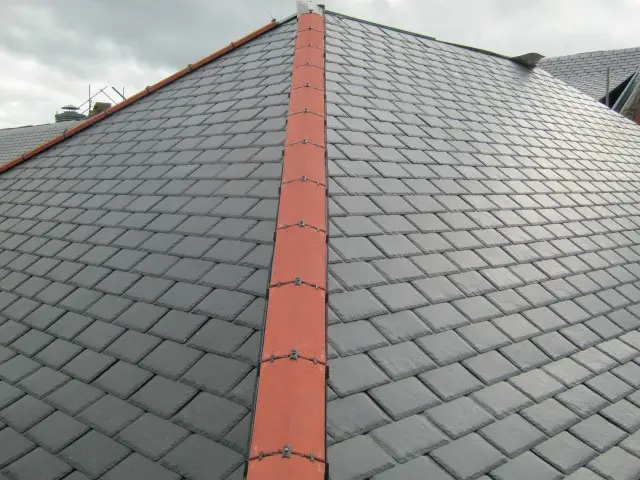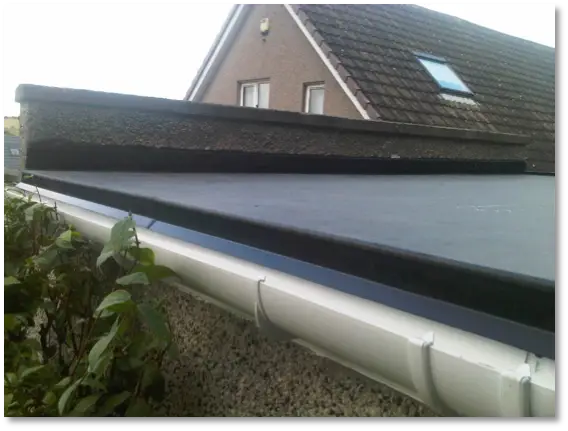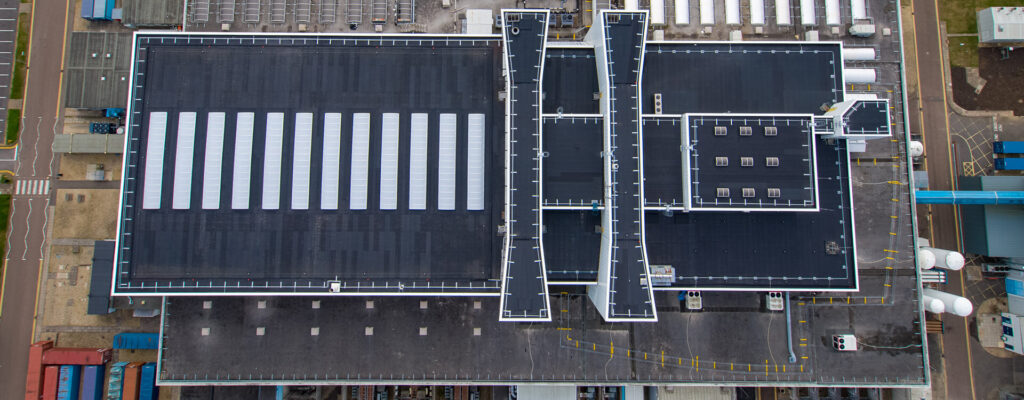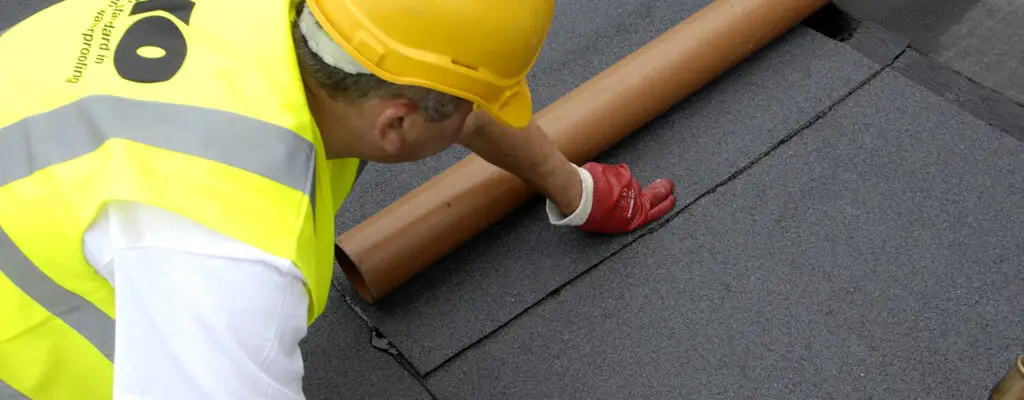The definition of a flat roof is guided by the pitch or the degree to which its surface deviates from the horizontal. The roof is considered flat if the pitch is less than 10 degrees. Anything above 10 degrees annotates a pitched roof.
There are advantages to each of the two roof types. Pitched roofs are more common in residential buildings, especially houses. Flat roofs are preferred for commercial buildings with large span roofs that often house HVAC technologies and plant.
Residential apartment buildings tend to opt for flat roofs as they can become a valuable addition to the building that extends the living and communal areas with gardens and roof terraces. In some cases, flat roofs can also act as car parks.
What are the benefits and considerations for flat roofs?
A flat roof is generally cheaper and faster to install, and the more straightforward structure often requires fewer resources. As we mentioned, flat roofs can create additional space, which is an asset in urban developments.
Flat roofs are also ideal for solar panel installations as they allow for the optimisation of solar panel positioning in relation to the direction of the sun.
Drainage for flat roof is a consideration that must be addressed in the design stage. Drainage issues can impact roof performance and be unsightly, and attention should be paid to the selection of a suitable flat roofing system.

What are the types of flat roof?
The types of flat roof systems as described in BS 6229:2018 – Flat roofs with continuously supported flexible waterproof coverings – Code of practice, are based on the placement of the insulation relative to the structural deck and are:
- Cold roofs (not to be confused with canopies)
- Warm roofs
- Inverted roofs
- Hybrid roofs
The British Standard also describes best current practices in the design, specification, construction, installation, and aftercare of a flat or curved roof. This includes recommendations for waterproofing layers that can be used over timber, concrete, or metal deck such as mastic asphalt, single ply, EPDM, cold liquid applied or reinforced bitumen membranes.

Which are the most effective flat roofing systems?
There is no silver bullet to choosing the right roofing system for every project. The performance benefits and the compatibility with substrates varies, as do installation methods.
Broadly roofing systems can be split by the method of attachment to torch-on, self-adhered, pour and roll, cold applied, hot applied, hot air welded, roller installation, mechanically fastened, loose laid, and adhered.
The waterproofing requirement, mechanical loading, thermal and fire performance, and maintenance requirements can also play a key role in the specification of a roof system. The same goes for roofs with intricate detailing or high number of penetrations.
In most cases, a combination of these factors will guide the roofing system selection. Discussing the project requirements with a roofing expert is vital to ensuring a roofing system design where all the elements work together with the building envelope for maximum performance.
You can explore the full range of IKO roofing solutions here or use our roofing selector tool to help you access key downloads.


